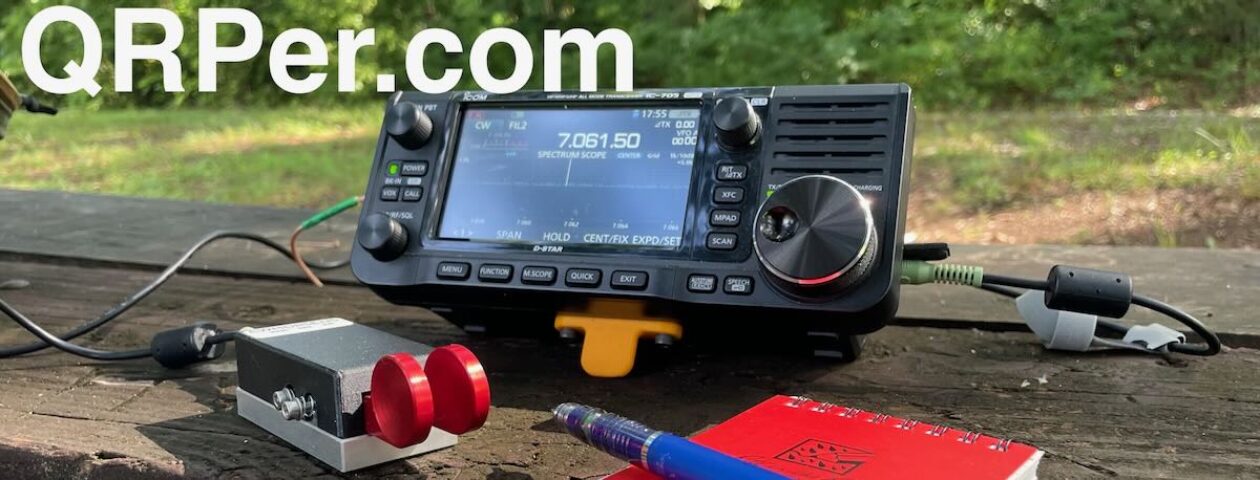I’m very fortunate in that over the past few years I’ve accumulated a number of QRP radios that I use in rotation when I do park and summit activations.
I’m often asked for advice on choosing radios, and as I’ve mentioned in the past, I feel like the decision is a very personal one–everything is based on an operator’s own particular preferences.
I’ve written formal reviews about most of the field radios in my collection over the years. In those reviews, I try to take a wide angle view of a radio–I try to see how it might appeal to a number of types of operators: field operators, DXers, summit activators, contesters, rag-chewers, casual operators, SWLs, travelers, outdoor adventurers, mobile operators, etc. I highlight the pros and cons, but I don’t focus on my own particular take because, again, my style of operating might not match that of readers. I try to present the full picture as clearly as I can and let the reader decide.
On that note, I thought it might be fun to take a radio out for a field activation and spend a bit of time explaining why I enjoy using that particular radio and why it’s a part of my permanent field radio collection. Instead of taking that wide-angle view of a radio like I do in magazine reviews, I share my own personal thoughts based on long-term experience.
Getting To Know You
 Each new video in the Getting To Know You series will highlight one of the field radios from my field radio collection. I’ll spend time in each video explaining what I personally appreciate about each radio, then we’ll do a park or summit activation with the radio.
Each new video in the Getting To Know You series will highlight one of the field radios from my field radio collection. I’ll spend time in each video explaining what I personally appreciate about each radio, then we’ll do a park or summit activation with the radio.
I’ll release these every few weeks or so–when the notion strikes me. They will not be on a regular schedule, but I hope to include each of my radios in this series over the the next year.
The Icom IC-705
The second radio in the Getting To Know You series is my Icom IC-705.
From the moment I first unboxed my Icom IC-705, I’ve been incredibly pleased with it. It’s a proper 21st century radio. Not only does it have a very wide frequency range, multimode operation, and an incredibly deep feature set, but it also sports proper wireless connectivity.
The IC-705 has become one of the most popular QRP rigs on the market despite it’s nearly $1,400 US price tag.
I originally purchased and reviewed the Icom IC-705 in 2020 (click here to read my review).
In the activation video (below) I’ll tell you about how I acquired my IC-705, why I think it’s so unique, and why I’ve no intention of ever selling it. Then, we’ll perform a POTA activation.
Keep in mind that my perspective will primarily focus on HF operating even though the IC-705 also sports multimode VHF and UHF.
South Mountains State Park (K-2753)
While driving back to the QTH on July 6, 2023, I stopped by the Clear Creek Access of South Mountains State Park–it was the perfect location to play radio on a hot and very humid day.
South Mountains’ only picnic table is located under the shade of a large oak tree. Continue reading Getting To Know You Series: The Icom IC-705 – My thoughts, notes, and a POTA activation!
















































